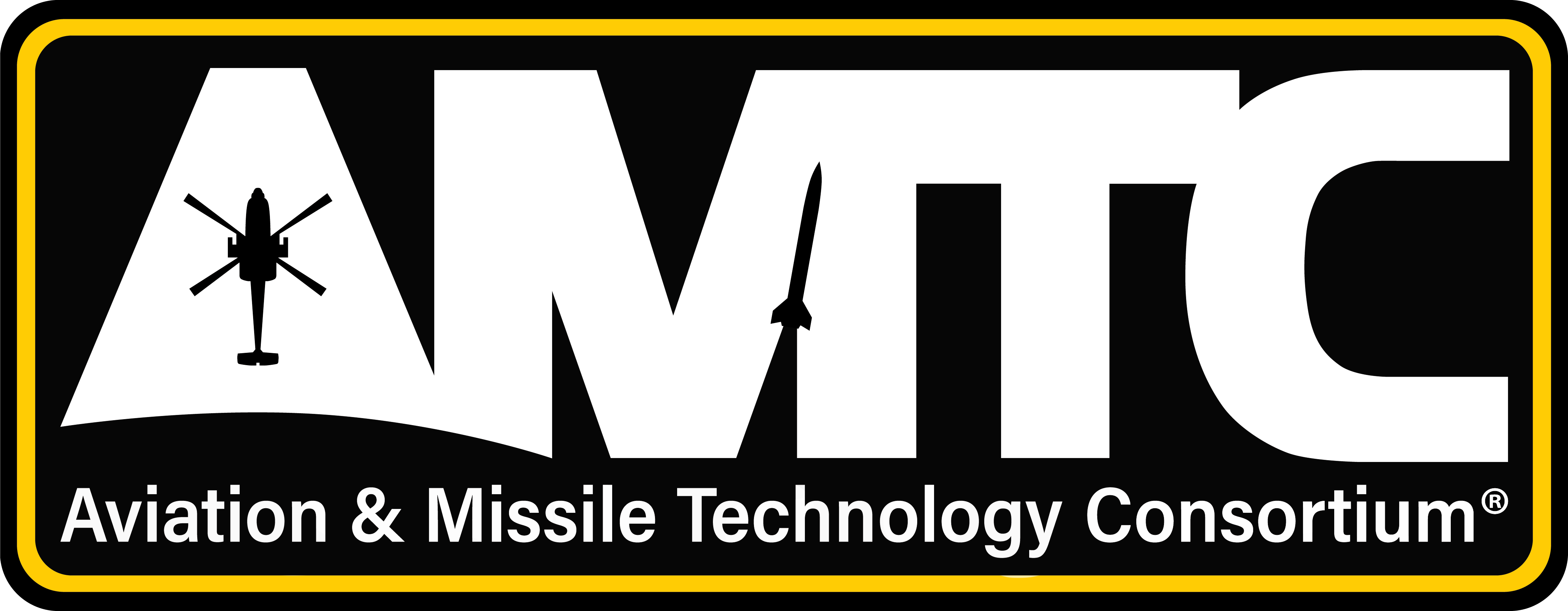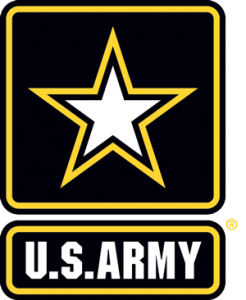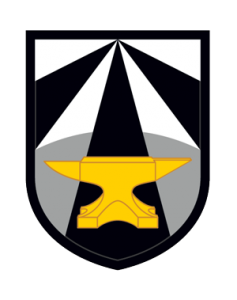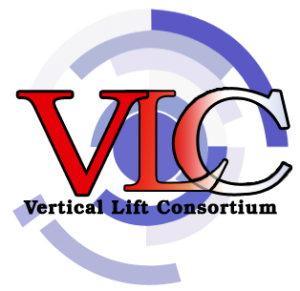OTA FAQ’S
WHAT IS AN OTHERTRANSACTION (OT) COLLABORATION?
This model is a streamlined way for the government to obtain new technology solutions from industry and academia. OT-based collaborations are not subject to some of the regulations that apply to Federal Acquisition Regulation (FAR)-based acquisitions.
WHY DOES THE GOVERNMENT USE OTAS?
Unlike the FAR (Federal Acquisition Regulation), the OT-based consortium model allows government and industry to communicate more openly, from requirement generation to the proposal stage; it affords greater technology and prototype acquisition speed, getting solutions to end users sooner; and it emphasizes engaging a diverse range of technology suppliers of all sizes, casting a wider net for capturing ideas and innovations.
OTHER FREQUENTLY ASKED QUESTIONS
Are there membership dues?
Member companies pay annual dues to their respective OT-based consortium.
How much are membership dues?
Dues vary depending on size and type of company, differing from consortium to consortium.
What do membership dues and project award assessments pay for?
Annual dues and project award assessments pay for consortium activities, such as but not limited to: consortium support, meeting costs and support, member application processing, membership management (“good standing” tracking, etc.), executing and managing the financial processes, dues and assessment invoicing and collection, communications efforts, business development and strategic planning efforts, maintaining public and private
websites, and supporting any other subcontractors. For more information, view our Assessment FAQs.
Is being a nontraditional defense contractor a requirement to join the consortium?
No, membership is open to companies and universities which are capable of making a technical contribution to the advancement of technology that the consortium operates.
What is a nontraditional company and how to discern if my company is one?
A nontraditional is a technology provider that does not typically participate in government sponsored research and development. These companies are often small businesses or new companies. They may have innovative technologies, but they lack the contracting resources and experience to navigate the FAR. The OT model is a good way for these companies to access the federal market.
A nontraditional means “an entity that is not currently performing and has not performed, for at least the one-year period preceding the solicitation of sources by the Department of Defense for the procurement or transaction, any contract or subcontract for the Department of Defense that is subject to full coverage under the cost accounting standards prescribed pursuant to section 1502 of title 41 and the regulations implementing such section.” 10 USC 2302(9)
For additional information on the applicability of cost accounting standards, please click here.
How long will it take to get the membership application approved after a company submits?
An application with all necessary documentation and certificates can be processed in as little as 1-2 business days. However, it can take up to several weeks if an applicant needs to obtain a DD2345 or update any expired certificates (SAM.gov, DD2345, CAGE). See the NAC and/or the VLC Membership Requirements for a listing of all required certificates and instructions for obtaining them. If you have questions regarding these documents, please contact us at AMTC@ati.org.
What is a DD2345 and how is it obtained?
A DD Form 2345 is required by U.S. contractors that wish to obtain access to unclassified technical data disclosing militarily critical technology with military or space application that is under the control of, or in the possession of the U.S. Department of Defense (DoD).
Many ATI-managed consortia require prospective members to obtain a DD Form 2345. In order to obtain a DD Form 2345, an organization is required to have a CAGE code. An organization must register in the System for Award Management (SAM) in order to obtain a CAGE code.
More information, including an informational video and PDF document, can be found at ATI’s website.
Are OT consortia operating in the technology areas my company is engaged in?
ATI builds and manages customized, national technology consortia across technology sectors as diverse as shipbuilding, ordnance, rotorcraft, electromagnetic spectrum, biotechnology, advanced materials development and advanced manufacturing.
ASSESSMENT FAQS
Why is the AMTC assessment necessary?
The AMTC assessment is the primary means of raising revenue to pay for the operations of the consortium. These operations include administrative and member support activities, industry days, membership meetings, outreach, training, and process improvement initiatives. In addition to the foregoing member benefits, the assessments support member-only access to the growing data repository with enhanced data mining and member networking
capability.
What requires my organization to pay an assessment?
Per Section 3.3.2 of the NAC Consortium Membership Agreement and Paragraph #4 of the VLC Application require members to pay an assessment fee.
How much is the current AMTC Assessment?
Effective October 1, 2020, the AMTC Assessment is 0.15% of all awarded funding (not ceiling).
Can the assessment be included in my cost proposal as a direct cost?
No, this assessment is not a Government requirement and is not an allowable direct cost on any Project Agreement.
Can the assessment be included in the fee line of my cost proposal?
Yes, the assessment can be included in your profit/fee as the use of an organization’s fee is its own business decision. However, there is no need to break out the proposed fee in order to show the assessment in a cost proposal.
Can the assessment be included in my indirect cost?
Yes, the assessment may be included as part of your indirect rate structure (e.g. with the G&A pool). Because of organizations’ differing regulations, disclosure practices, and policies, AMTC cannot provide advice on the specific calculations or appropriateness of this approach for individual AMTC members.
Rather than invoicing separately for the assessment, can the CAO just take the assessment from the funding prior to issuing a modification or alternatively, short pay an invoice by the assessment amount?
No, because of the mechanics of the Other Transaction Agreement, the CAO is unable to utilize these other methods. The member must pay the assessment directly to the AMTC through the CAO per the instructions on the invoice. The invoice will be sent to the AMTC member Primary POC, the AMTC member Financial POC (if provided), and the Project’s Technical and Contractual POCs. Please contact the CAO if additional POCs are required for your project.
Is the AMTC Assessment different from the AMTC Administration Costs the government pays?
Yes, the funding generated from the AMTC Assessments is used to support the administration and management of AMTC affairs, while the AMTC Administration Costs support administration of the Other Transaction Agreement. The AMTC Administration Costs are paid by the government.
